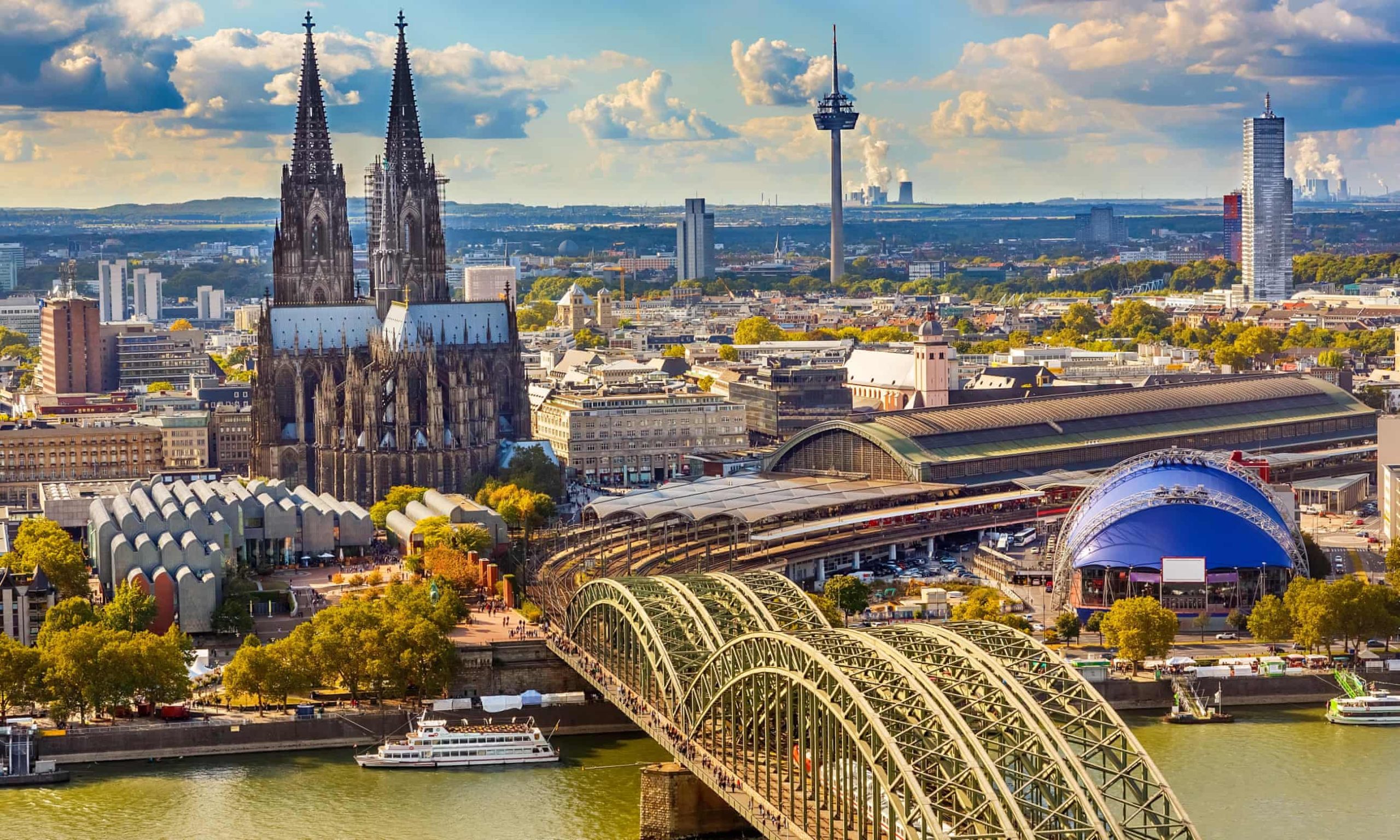
Gothic architecture, modern art and ‘singing beer’ give this cultural city its liberal atmosphere
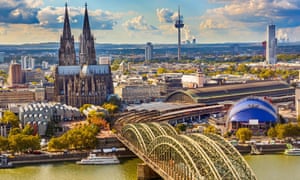
You could think of Cologne as a sixth-form college to Berlin’s infinitely cooler art school. In comparison it feels as if it is all student cash bars and puppyish idealism, spider plants at every turn, and still a lot of love for the Beatles – Germany’s fourth largest city has been twinned with Liverpool since 1952.
Go into any street in the centre and you’ll see a glorious muddle of architecture, 19th-century mansions next to 1950s tiled houses and new-builds in steel and glass. Very little feels sacred here, apart from the Romanesque churches and, of course, the Dom – Cologne cathedral which mixes in Gothic arches with Gerhard Richter’s dreamy, pixelated, stained-glass windows. Built in 1248, it’s the fourth-tallest cathedral in the world. Cologne seems really good at never quite topping the statistics, although it does have Germany’s largest mosque, the Cologne Central Mosque, a modern design with its concrete and glass dome and glass walls.
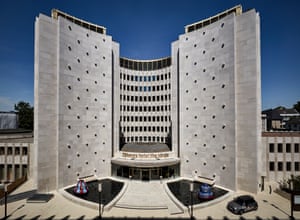
The modernist theme continues with my hotel, the 25hours, repurposed from a 1960s insurance building. This curved concrete gem has a futuristic retro feel. Step inside and there’s a robot gliding around the lobby and a giant vintage Lego spaceman. There’s also a co-working space and a record shop. On the top floor is Neni, a plant-filled (but not entirely plant-based) restaurant offering a very au courant Middle Eastern menu, as well as impressive views across the city.
25hours is conveniently just off the Belgian quarter, a grid of streets that does the full pop-up and sustainable double act, with entire shops devoted to reducing your environmental footprint, plus nice splashes of restaurant and bar humour. Cleanicum is both a laundrette and a bar. Yes, the combination exists in other cities, but I’ve never seen beer-sipping people fold their laundry as neatly as in Cologne. Nearby Hallmackenreuther on Brüsseler Platz combines midcentury furniture with a good-value menu that’s strong on the carbs, but partners it with a collection of great German wines.
Even Cologne’s hippest restaurant, NeoBiota, which has just been awarded a Michelin star, takes an admirably relaxed approach to its food. Headed by chefs Erik Scheffler and Sonja Baumann, who can be seen at work in the open kitchen, the restaurant doesn’t serve lunch. Instead breakfast is on offer until a very civilised 3pm with a menu of small plates that takes in pancakes, bagels and shakshuka. In the evening, the food is equally feel-good. Mains include pork with kimchi and Savoy cabbage, and start at £16. There are no starched linen tablecloths here; it’s a tiny restaurant tucked away on a side street in the centre.
Like nearly everything in Cologne, NeoBiota feels accessible and so, too, does the Ludwig Museum. Built in 1986, few would call its exterior beautiful, but it houses one of Germany’s most significant collections of modern art. If the outside is a bit Brutalist, the light-filled interior feels as serene as the art sequence in Ferris Bueller’s Day Off – it’s awash with Picassos and Kandinskys. Pop art is strong, too, with a wall of Lichtensteins and copious Andy Warhols, including a stack of Brillo boxes on the floor.
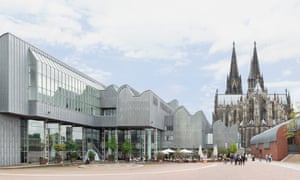
If one place sums up Cologne, though, it’s the chapel on nearby Kolumbastrasse. Here, a museum housing religious art has been created from a church that was bombed by the allies. The remains have been incorporated into a building by architect Peter Zumthor. Some of the ruins can still be seen, but it’s punctuated by perforated slabs of concrete that allow light patterns to play around the interiors through the day. The museum acknowledges the past – it’s estimated that 90% of the centre of Cologne was destroyed by allied attacks in the war – but makes something positive from it.
In the second world war, Cologne might have been vital for shipping, but – close to the border with Belgium and the Netherlands – it never embraced nazism as much as other parts of Germany. A group known as the Edelweiss Pirates was formed and they tried to sabotage the regime by helping allies and deserting German soldiers. In November 1944, 13 of its organisers were executed on the orders of Himmler. Most of them came from Ehrenfeld and today, the arch that they were killed under is covered in paintings of giant edelweiss in commemoration – a particularly striking work in a city that has a strong reputation in street art.
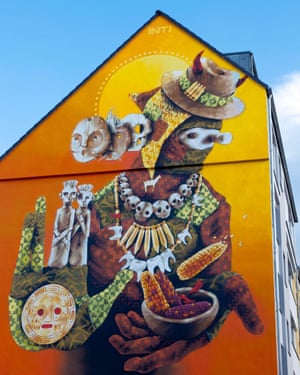
Formerly industrial, Ehrenfeld still has a reputation for edginess: a happy-seeming blend of immigrants, students and millennials with a few much-cherished punk remnants, including former squats turned art projects such as Eine Arte Haus on Körnerstrasse.
This is a city that gave its name to the world’s most astringent perfume, but on the corner of Vogelsangerstrasse, the eau-de-nil building that once made the famed 4711 cologne has become an incubus for start-ups, many from former graduates from the university who have decided to stay on. Life in Cologne is a lot cheaper than in Munich or Berlin.
There’s a small brewery in Ehrenfeld, the Braustelle on Christianstrasse, but Cologne doesn’t really do microbreweries since the city has a fine tradition of kölsch, a light, hoppy beer which may be one of the drivers of Cologne’s huge charm. Deliberately overyeasted, it’s known as “singing beer”.
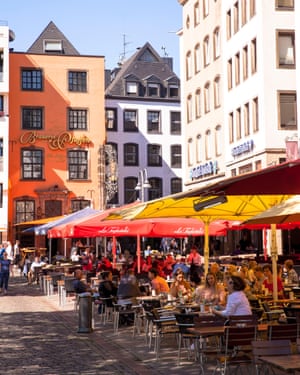
On Friesenstrasse, the 19th-century Paffgen still brews on site. Come early evening, everyone’s piling in and grabbing tables while waiters constantly move around the beer hall delivering the small glasses on specially designed trays and no-nonsense food, heavy on bratwurst, herring and schnitzel (around £8). They’ll keep plonking down glasses of kölsch (£1.50 a pop) until you put your beer mat on top of your glass. Like Cologne’s other beer halls, it’s not exactly a date destination but with its working stone floors and scrubbed tables, and the kegs lining the hallway, it seems to get Cologne’s blend of pleasure and purpose absolutely right.
The Guardian

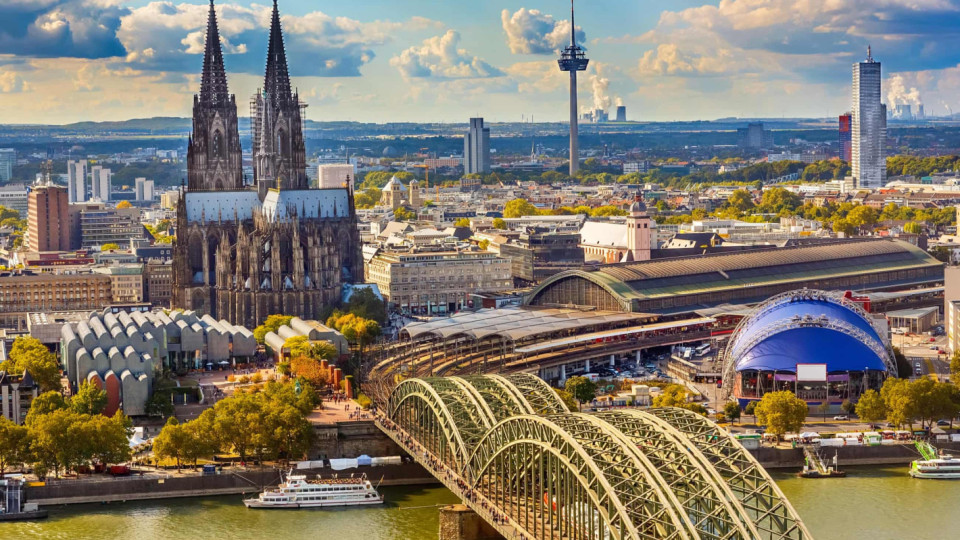
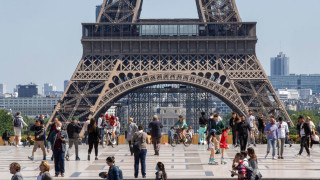





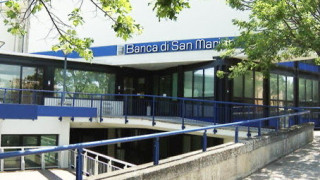
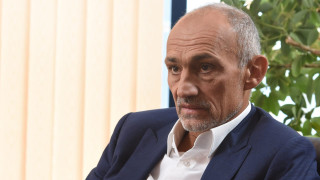

Leave a comment